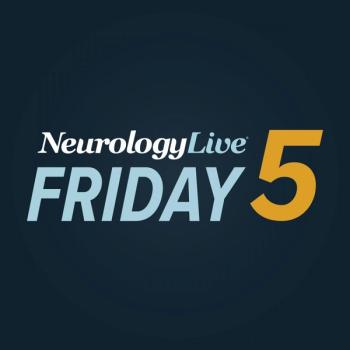
New Approaches to MS: Highlights from ECTRIMS
Three new things about multiple sclerosis presented at ECTRIMS 2017 are highlighted in this slideshow.
References:
1. ECTRIMS Interview: http://www.touchneurology.com/gallery/ectrims-2017-jeffrey-cohen-interview2. Early treatment of multiple sclerosis. https://onlinelibrary.ectrims-congress.eu/ectrims/2013/copenhagen/38820/giancarlo.comi.ectrims.lecture.early.treatment.of.multiple.sclerosis.html?f=menu=14*media=3*speaker=553503. POSTER PS670: Relapse management in RRMS: real-world characteristics of steroid-treated patientshttps://onlinelibrary.ectrims-congress.eu/ectrims/2015/31st/115564/robert.j.fox.relapse.management.in.rrms.real-world.characteristics.of.html?f=menu=14*media=3*speaker=64998
Newsletter
Keep your finger on the pulse of neurology—subscribe to NeurologyLive for expert interviews, new data, and breakthrough treatment updates.




















